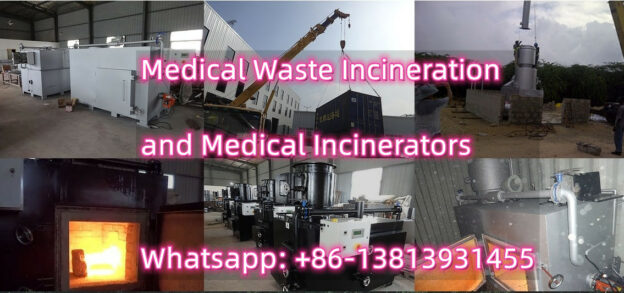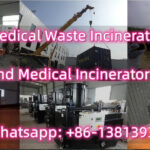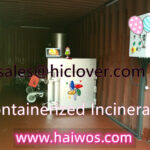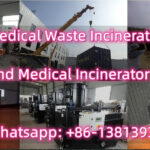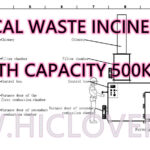Medical Waste Incineration and Medical Incinerators
The Medical range of waste incinerators from delivers highly efficient solutions
for safely disposing of all forms of hazardous, pharmaceutical, and medical waste.
Delivering the perfect solution for Hospitals, Laboratories and Aid Agencies worldwide.
machines are designed to be 40% more fuel efficient and manufactured to extremely
high standards using only the highest grade materials to give you a machine that could last you decades.
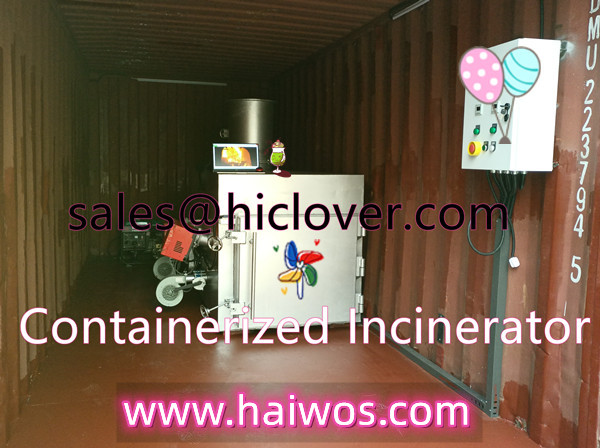
Medical incinerators are unique in their design and construction. Purpose built to
reliably destroy all of your hazardous waste efficiently and economically.
Medical waste incineration involves the burning of wastes produced by hospitals,
veterinary facilities, and medical research facilities. These wastes include both
infectious (“red bag”) medical wastes as well as non-infectious, general
housekeeping wastes. The emission factors presented here represent
emissions when both types of these wastes are combusted rather than just infectious wastes.
Three main types of incinerators are used: controlled air, excess air, and rotary kiln.
Of the incinerators identified in this study, the majority (>95 percent) are
controlled air units. A small percentage (<2 percent) are excess air.
Less than 1 percent were identified as rotary kiln.
The rotary kiln units tend to be larger, and typically are equipped
with air pollution control devices. Approximately 2 percent of the
total population identified in this study were found to be equipped with air pollution control devices.
Types of incineration described in this section include:
•Controlled air,
•Excess air, and
•Rotary kiln.
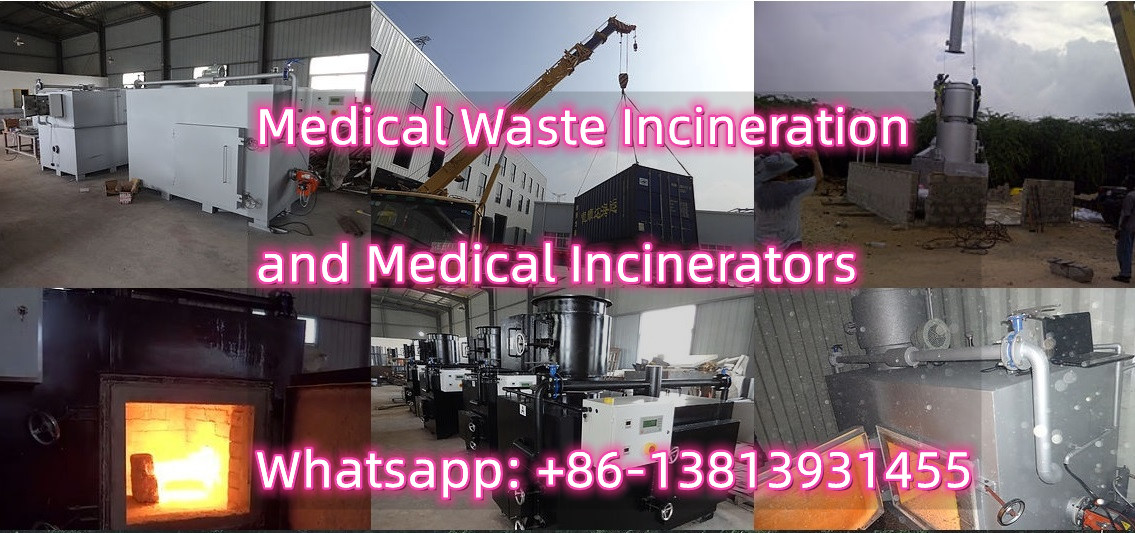
Controlled-air incineration is the most widely used medical waste incinerator (MWI)
technology, and now dominates the market for new systems at hospitals and similar
medical facilities. This technology is also known as starved-air incineration,
two-stage incineration, or modular combustion.
Figure 2.3-1 presents a typical schematic diagram of a controlled air unit.
Combustion of waste in controlled air incinerators occurs in two stages.
In the first stage, waste is fed into the primary, or lower, combustion
chamber, which is operated with less than the stoichiometric amount
of air required for combustion. Combustion air enters the primary
chamber from beneath the incinerator hearth (below the burning bed of waste).
This air is called primary or underfire air. In the primary (starved-air) chamber,
the low air-to-fuel ratio dries and facilitates volatilization of the waste,
and most of the residual carbon in the ash burns. At these conditions,
combustion gas temperatures are relatively low (760 to 980C [1,400 to 1,800F]).
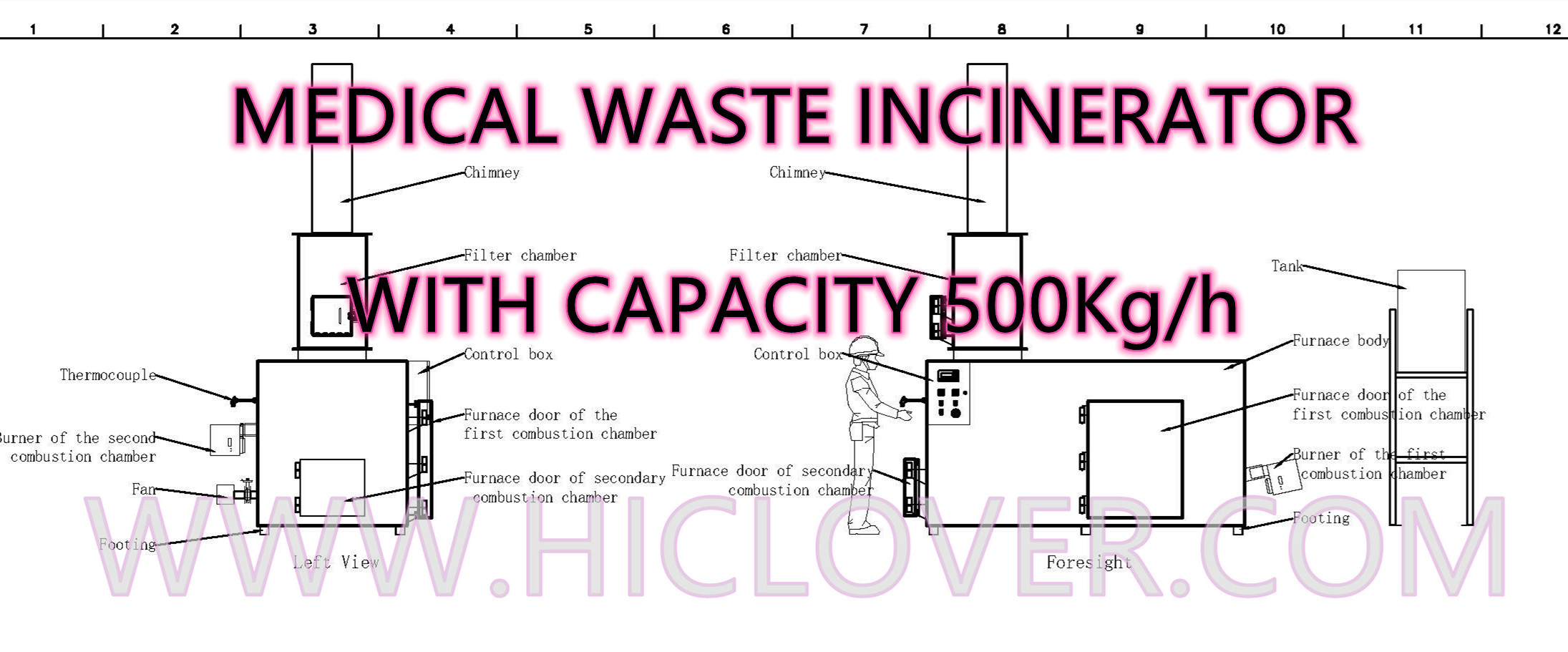
In the second stage, excess air is added to the volatile gases formed
in the primary chamber to complete combustion. Secondary chamber
temperatures are higher than primary chamber temperatures– typically
980 to 1,095C (1,800 to 2,000F). Depending on the heating value and
moisture content of the waste, additional heat may be needed.
This can be provided by auxiliary burners located at the entrance to
the secondary (upper) chamber to maintain desired temperatures.
Waste feed capacities for controlled air incinerators range from
about 0.6 to 50 kg/min (75 to 6,500 lb/hr) (at an assumed fuel
heating value of 19,700 kJ/kg [8,500 Btu/lb]). Waste feed and
ash removal can be manual or automatic, depending on the unit
size and options purchased. Throughput capacities for lower
heating value wastes may be higher, since feed capacities are limited by primary
